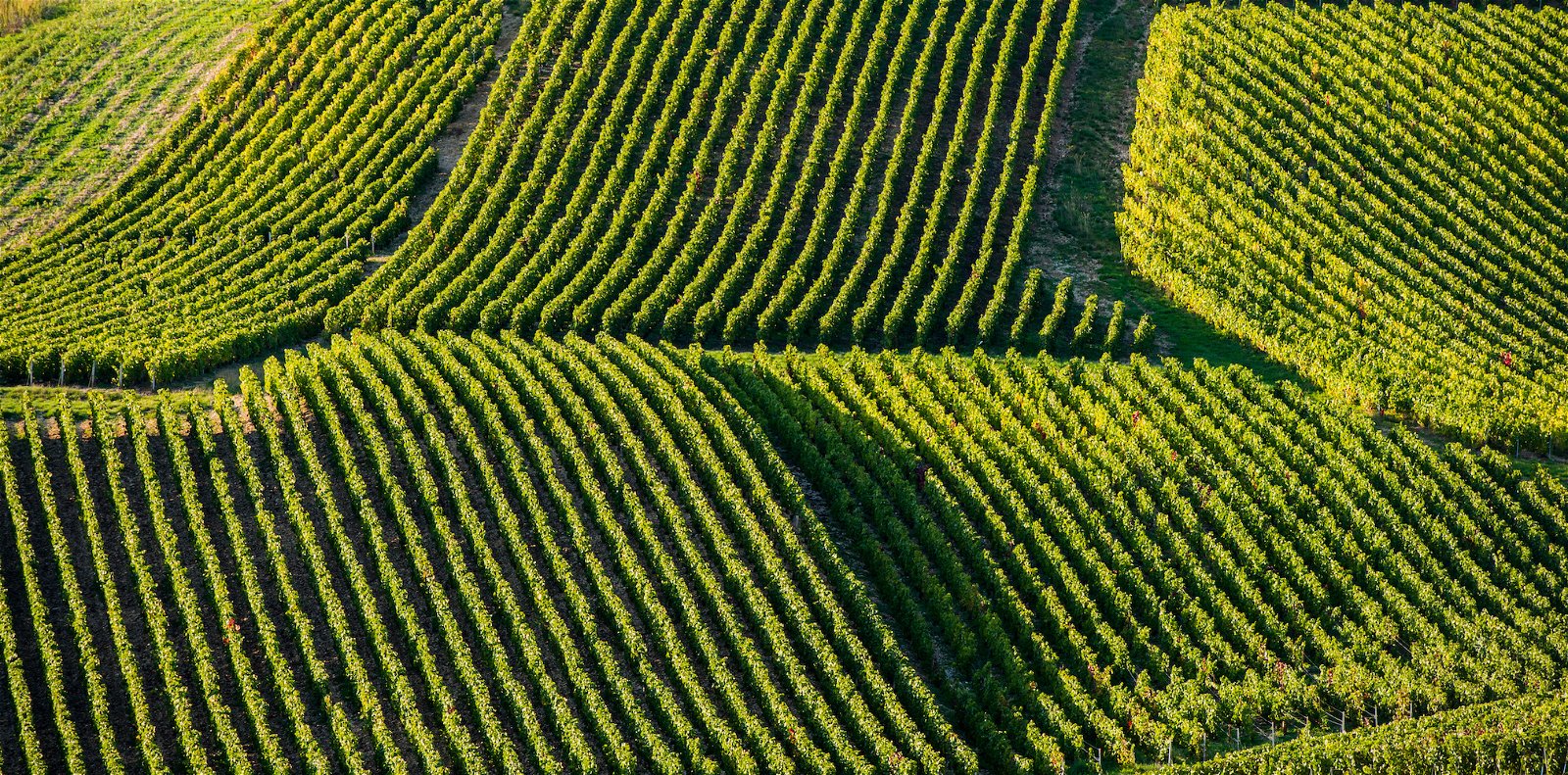
What is Corvina?
Corvina is a red grape variety from north-east Italy, which plays its greatest role in Valpolicella, including the region’s prized and powerful Amarone specialism.
What does Corvina taste like?
Corvina is characterised by sour cherry fruit, bright acidity and modest, very fine tannins. While the grape’s Valpolicella and Bardolino heartlands mass produce many light, bitter expressions, the best wines are juicy and refreshingly tangy. While Bardolino is almost exclusively made in a lighter style, Valpolicella can deliver extra intensity, structure and depth using the ripasso technique, where dried grapes are added for a second fermentation. Yet more concentration and richness is achieved when the region’s Corvina-dominated wines are vinified as Amarone, which is made entirely from dried grapes. Corvina also plays a major role in Recioto della Valpolicella, a sweet version of Amarone.
Where is Corvina from?
Corvina is native to the Veneto region of northern Italy.
Where does Corvina grow?
Corvina has remained almost entirely rooted in its native Veneto, especially Valpolicella and Bardolino. However small quantities can also be found in Australia as well as Argentina, where Valpolicella producer Masi has established a second venture featuring grapes from its homeland.
Famous Corvina regions:
- Valpolicella, Veneto, Italy
- Bardolino, Veneto, Italy
Anything else?
Although Corvina must make up at least 45% of a Valpolicella blend, DOC law requires the wine to incorporate a minimum 5% of other permitted varieties, most typically Rondinella and Molinara. The many ambitious producers who choose to focus entirely on Corvina, widely acknowledged as the region’s highest quality grape, must use a less specific designation such as IGT Rosso Veronese.
Our selection of great Corvina
- Allegrini, Valpolicella, Italy
- Cantina di Negrar, Valpolicella, Italy
- Giovanna Tantini, Bardolino, Italy
This grape variety is also known by the name of:
Corvina Veronese, Corvina nera














